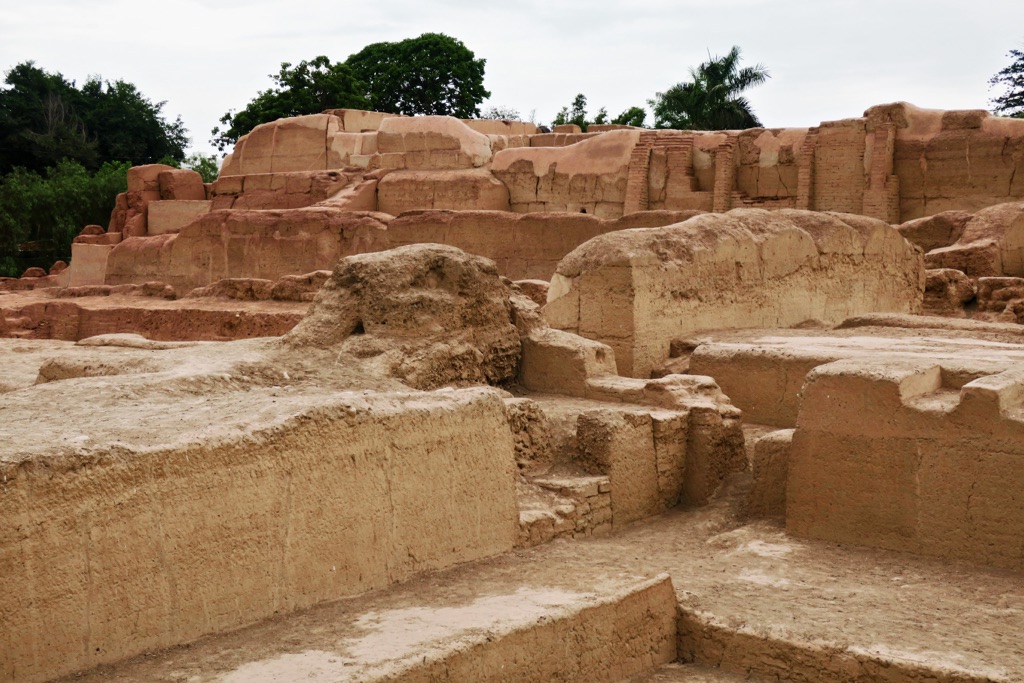The Maranga Archaeological Complex is a pre-Columbian site located in Peru. It consists of numerous pyramids, plazas, and residential structures. The complex is a testament to the architectural prowess of the Lima culture, which thrived in the region between 200 AD and 700 AD. Maranga serves as a crucial link to understanding the social and ceremonial practices of this ancient civilization. The site has been pivotal in shedding light on the urban and religious development in the central Andes during the early Intermediate period.
Ancient Civilizations
All Ancient Civilizations, Cultures and People
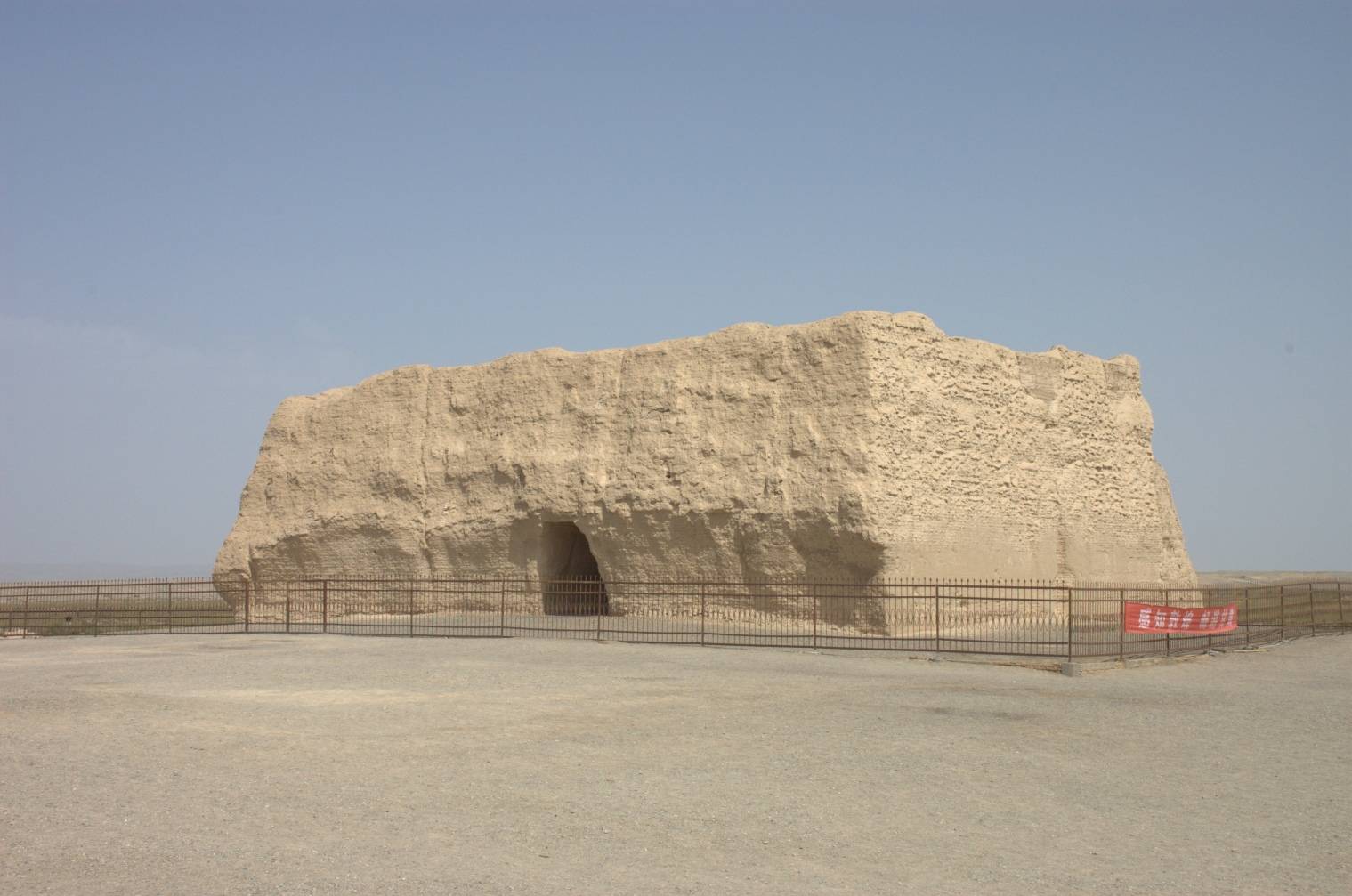
Yumen Pass
Yumen Pass, once a critical point along the ancient Silk Road, stands as a historical testament to China’s long-standing connections with the Western world. This gateway, located in today’s Gansu Province, was a strategic military post and a significant trade route junction. It facilitated the exchange of goods, cultures, and ideas between East and West. Yumen Pass has witnessed countless caravans and conquerors passing through its gates, making it a site rich in history and stories.
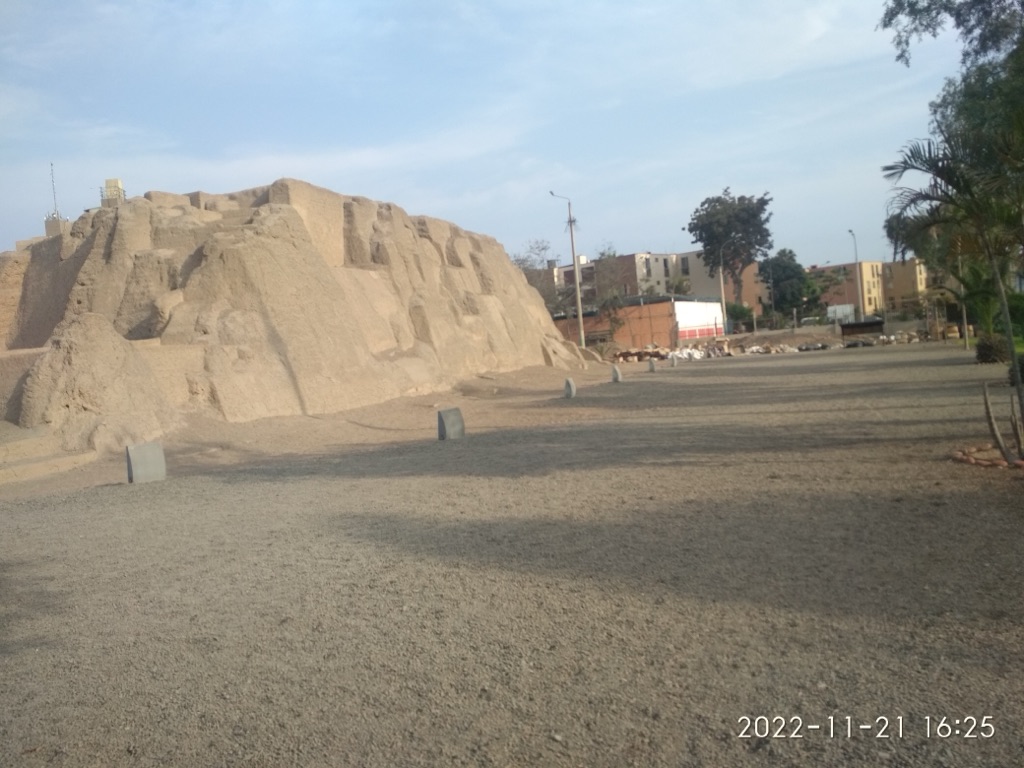
Huaca San Borja
Huaca San Borja is a pre-Columbian archaeological site located in the district of San Borja, Lima, Peru. It is a testament to the complex urban culture that thrived before the Inca Empire. The site features a pyramid-like structure known as a huaca, which was common in ancient Peruvian civilizations. Huaca San Borja offers insights into the religious and social practices of the people who built it. Despite urban expansion threatening many such sites, Huaca San Borja remains a crucial piece of Peru’s rich cultural heritage.
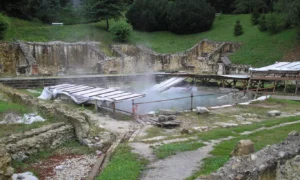
Aquae Iasae
Aquae Iasae, now known as Varaždinske Toplice, is a historical site located in northern Croatia. Renowned for its thermal springs, it has been a center of health and well-being since ancient times. The Romans developed it into a significant spa resort, which continued to attract visitors for centuries. The site’s archaeological remains tell a story of cultural exchange, healing traditions, and architectural innovation.
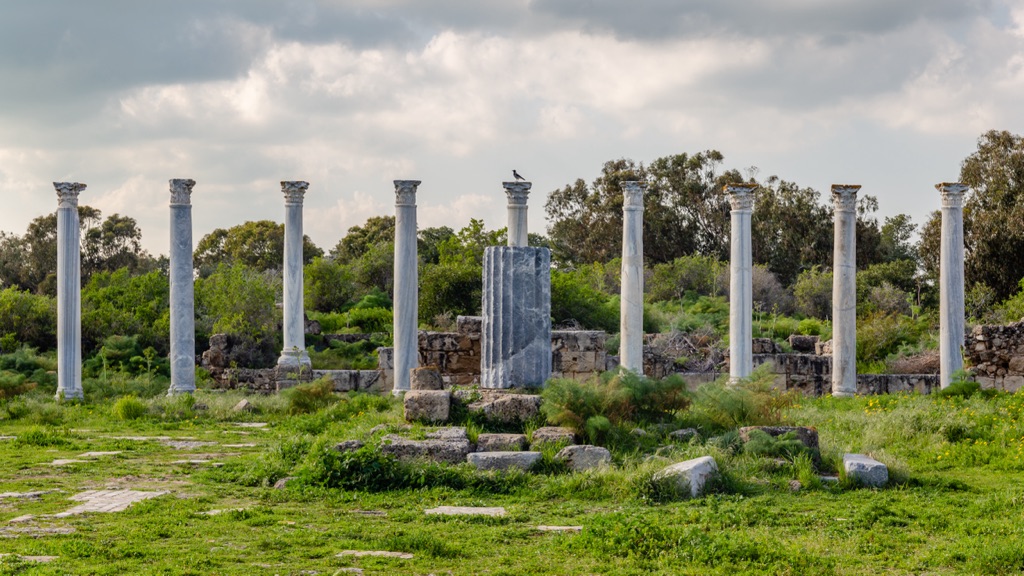
Salamis
Salamis is an ancient city-state on the east coast of Cyprus, known for its significant archaeological and historical importance. The city played a pivotal role in the region’s history, with its origins tracing back to the 11th century BC. It became a major maritime and commercial center in the ancient world, especially during the classical and Hellenistic periods. Salamis is also renowned for the Battle of Salamis, a decisive naval battle in 480 BC during the Greco-Persian Wars, although this battle took place off the coast of Greece, not Cyprus. The city’s ruins, including the Gymnasium, the Temple of Zeus, and the Royal Tombs, offer a glimpse into its past grandeur and are a testament to its historical significance.
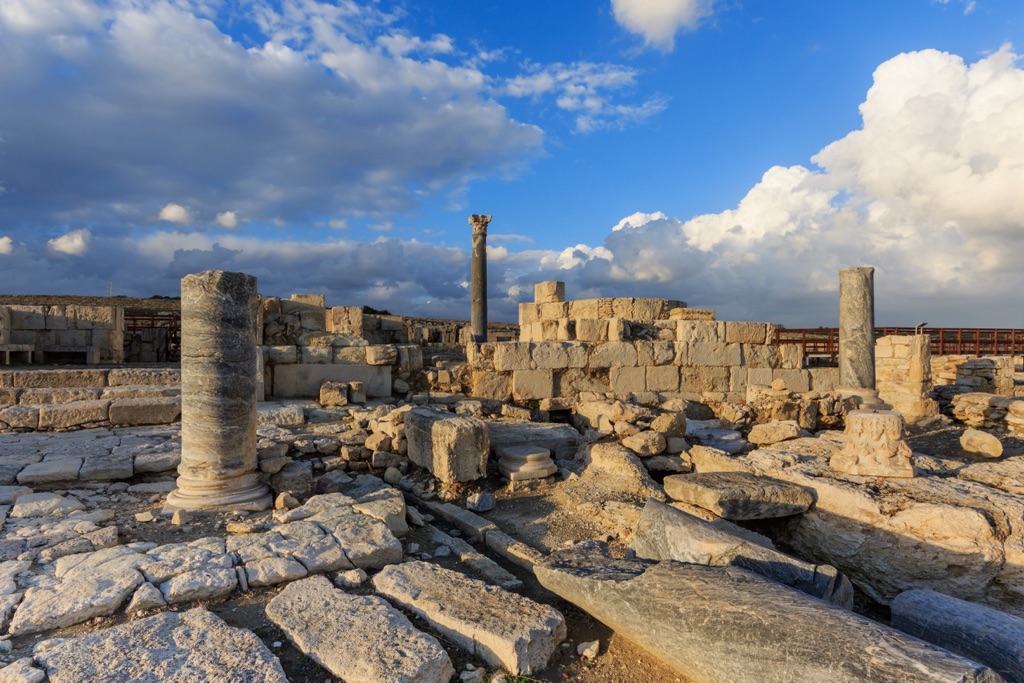
Kourion
Kourion, an ancient city on the southwestern coast of Cyprus, stands as a remarkable testament to the island’s rich history. This archaeological site, with its impressive Greco-Roman ruins, offers a window into the past, showcasing a civilization that thrived for centuries. The city’s remains include a well-preserved theatre, stately villas with intricate mosaics, and public baths, all telling the story of a once-prosperous urban center. Kourion’s strategic coastal position made it a significant player in the region’s trade and politics, leaving behind a legacy that continues to fascinate historians and tourists alike.

